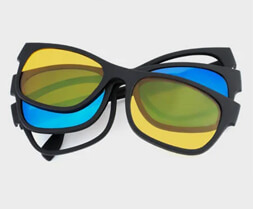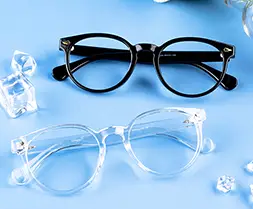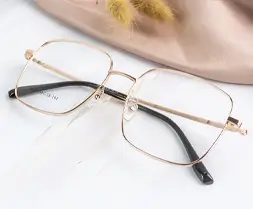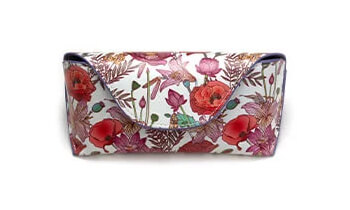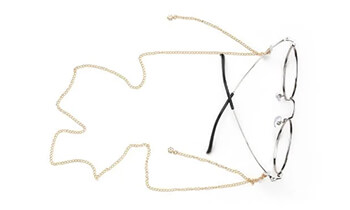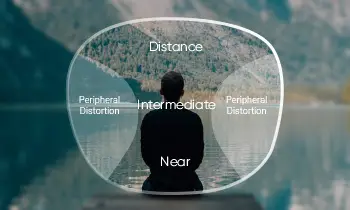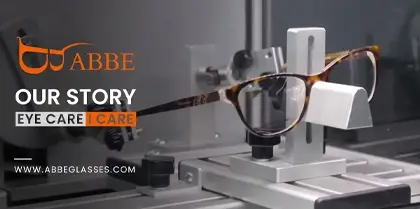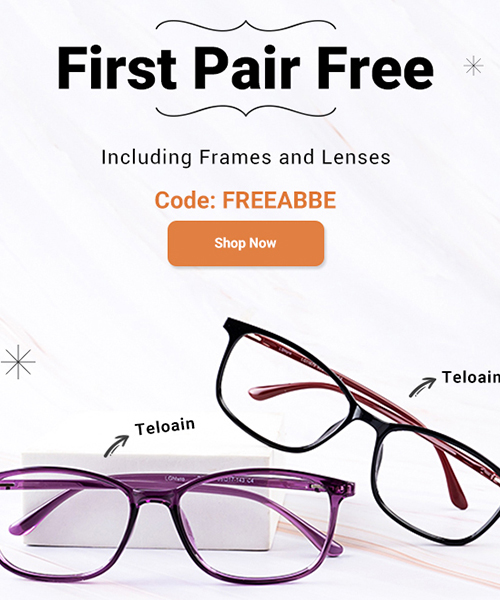Sunglasses are not just a fashion accessory but also an essential tool for protecting your eyes from the sun's harmful UV rays. Prescription sunglasses combine the functionality of prescription eyewear with the added benefit of sun protection. They are a popular eyewear solution that combines the benefits of both prescription glasses and sunglasses. They have gained popularity in recent years as more and more people prioritize their eye health and seek to protect their eyes from the sun's harmful UV rays.
Prescription sunglasses come in a range of types and eyeglass styles, each designed to meet the unique needs and preferences of the wearer, from oversized frames to aviator-style sunglasses to sports sunglasses with wraparound frames. Many eyewear brands have also begun offering sustainable of these sunglasses types. This article will explore the different kinds of prescription sunglasses, their recent popularity, and their advantages and disadvantages.
Types of Prescription Sunglasses
There are several types of prescription sunglasses available in the market today, each designed to meet the specific needs of the wearer.
Polarized Sunglasses:
Polarized sunglasses are ideal for people who spend a lot of time outdoors and engage in activities such as driving, fishing, and skiing. They are designed to reduce glare from surfaces like water, snow, and sand, which can cause discomfort and affect visibility. Polarized lenses work by blocking the horizontal light waves that cause glare, allowing you to see more clearly and reducing eye strain.
Transition Sunglasses:
Transition lenses are a popular choice for people who need prescription glasses but also want the convenience of sunglasses. They are photochromic, meaning they darken when exposed to UV light and lighten when indoors or in low light. This makes them a versatile option that can be worn throughout the day without the need to switch between glasses. Transition lenses are available in a range of colors and tint options, so you can choose the right level of darkness for your needs.
Gradient Sunglasses:
Gradient lenses have a darker tint on the top of the lens and gradually become lighter towards the bottom. They are ideal for activities like driving, as they provide a clear vision of the dashboard while reducing the brightness of the sky. Gradient lenses come in a range of colors and tints, so you can choose the one that best suits your needs.
Mirror-Coated Sunglasses:
Mirror-coated lenses reflect light and reduce the amount of light that enters the eye. They are ideal for activities like snowboarding, where the glare can be particularly strong. Mirror-coated lenses are available in a range of colors and tints, so you can choose the one that best suits your needs.
In addition to these types of prescription sunglasses, there are also specialized options for specific activities. For example, golfers may benefit from sunglasses with specialized lenses that enhance depth perception and improve visibility on the course. Similarly, cyclists may benefit from sunglasses with wraparound frames that provide better protection from wind and debris.
When choosing a pair of prescription sunglasses, it's important to consider your specific needs and preferences. Factors like lens color, tint, and polarization can all affect how well your sunglasses protect your eyes and enhance your vision. It's also important to choose a frame style and size that fits comfortably and securely, as ill-fitting sunglasses can cause discomfort and affect vision. By choosing the right pair of prescription sunglasses, you can enjoy clearer vision, better eye protection, and improved comfort during all your outdoor activities.
Recent Popularity and Trends
In recent years, prescription sunglasses have become increasingly popular, driven by a growing awareness of the importance of eye health and the need for protection against the sun's harmful UV rays.
One of the most popular trends in prescription sunglasses is the use of sustainable and eco-friendly materials like recycled plastics, biodegradable materials, and plant-based acetate to create frames that are both stylish and environmentally responsible. Another trend in prescription sunglasses is the use of bold, oversized frames. Oversized frames have been popular in fashion for several years, and this trend has now extended to eyewear. These frames offer a bold, statement-making look that can be both fashionable and functional.
Sports sunglasses are also a growing trend in the prescription eyewear market, with brands offering specialized frames and lenses for activities like running, cycling, and skiing. These frames typically feature wraparound designs and impact-resistant lenses that provide maximum protection and durability during high-intensity activities. Fashion-forward styles like aviator sunglasses and round frames are also popular in the prescription eyewear market. These classic styles have been updated with modern touches like colored lenses and mixed materials to create a fresh, contemporary look.
In addition to these trends, some are also offering customization options for prescription sunglasses. Customers can choose from a range of frame colors, lens tints, and finishes to create a personalized look that meets their unique style and functional needs.
Overall, the trend in prescription sunglasses is towards functional and fashionable eyewear that meets the needs of a variety of outdoor activities, while also incorporating sustainable and customizable elements. By offering a wider range of styles, materials, and customization options, online stores are making it easier than ever to find a pair of prescription sunglasses that are both stylish and functional.
Advantages and Disadvantages
Although there are many prescription sunglasses styles available, both frames and lenses are also customizable, but they still fall short. Let's take a look at the pros and cons of prescription sunglasses.
#Advantages of Prescription Sunglasses
1. Eye Protection: Prescription sunglasses offer the same protection against harmful UV rays as regular sunglasses. This means that they can help reduce the risk of eye damage, including cataracts, macular degeneration, and skin cancer on and around the eye area.
2. Improved Vision: Prescription sunglasses provide clear vision, which is especially important for those with vision problems. They can reduce eye strain and help you see better in bright sunlight or harsh lighting conditions.
3. Convenience: With prescription sunglasses, you don't have to switch between regular glasses and sunglasses when going outdoors. This makes them a convenient option for those who spend a lot of time outdoors or engage in activities like driving, sports, or gardening.
4. Customization: Prescription sunglasses can be customized to fit your specific prescription and style preferences. This means that you can choose the right tint, lens color, and frame style that suits your individual needs and aesthetic.
#Disadvantages of Prescription Sunglasses
1. Cost: Prescription sunglasses can be more expensive than regular sunglasses or prescription lenses alone, due to the additional cost of combining the two.
2. Prescription Limits: Prescription sunglasses may have limits on the range of vision correction that they can provide, which can make them unsuitable for people with certain types of vision problems.
3. Lens Thickness: Prescription sunglasses may require thicker lenses, which can affect the weight and appearance of the glasses. This may be especially noticeable for those with higher prescriptions.
4. Limited Frame Options: Prescription sunglasses may have a more limited range of frame options compared to regular sunglasses. This can make it harder to find a style that suits your individual preferences and needs.
In Short,Prescription sunglasses are a type of eyewear that combines the functionality of prescription lenses with the protective benefits of sunglasses. They come in a variety of types, including polarized, transition, gradient, and mirror-coated lenses. Prescription sunglasses offer several advantages, including eye protection, improved vision, convenience, and customization. However, they also have some disadvantages, such as cost, prescription limits, lens thickness, and limited frame options. Alternatively, prescription lenses offer a more affordable option that can be used with any frame of your choice, but they lack the convenience of prescription sunglasses. Recent trends in prescription sunglasses include the use of sustainable and eco-friendly materials, bold, oversized frames, and specialized frames for sports and outdoor activities. e emergence of better eyewear products.







